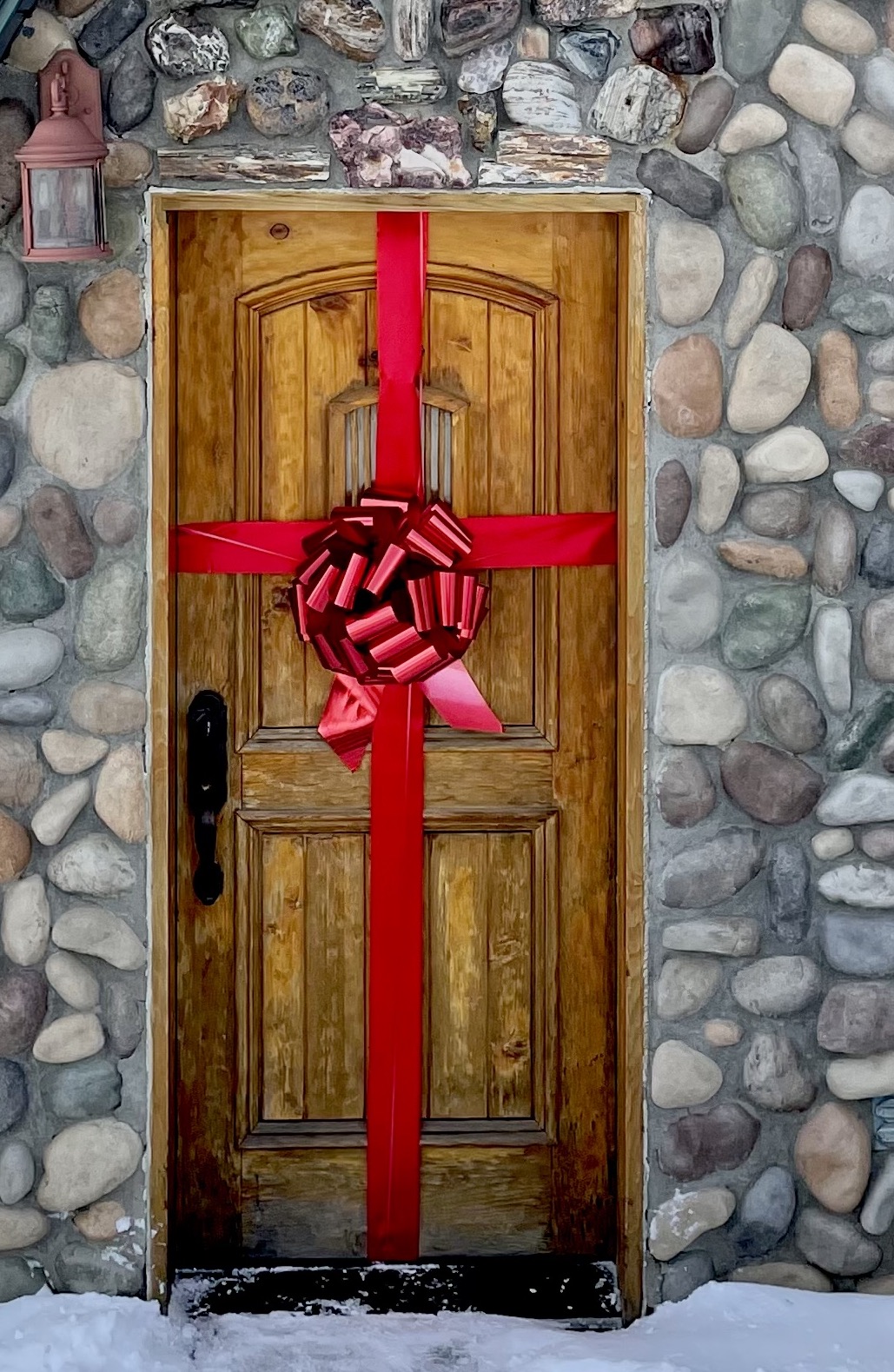The Ultimate 8-Week Moving Blueprint:
A Stress-Free Guide to Your Next Big Move
Moving can feel overwhelming — a mix of excitement, nostalgia, and chaos all wrapped into one. Between packing boxes, scheduling movers, and remembering to forward your mail, it’s easy to lose track of what’s next. Breaking it down into a simple, step-by-step plan that helps you stay organized, calm, and ready for move-in day.
8 Weeks Out: Set the Stage
The first few weeks are all about preparation. Start by creating a digital “moving folder” on Google Drive or Dropbox to store quotes, receipts, and photos. It might seem small, but having everything in one place makes a huge difference later.
Next, get at least three estimates from different movers or truck rental companies — and don’t forget to ask about licensing, insurance, and hidden fees. Once you have a ballpark number, build your moving budget. Include things like packing supplies, deposits, meals, and gas, then add a little cushion for surprises.
This is also the perfect time to start decluttering. Go room by room and decide what’s worth taking with you. If it doesn’t fit your new space or your current lifestyle, donate it or sell it. You’ll thank yourself on packing day.

6 Weeks Out: Gather Gear and Make a Plan
Six weeks before your move, it’s time to collect supplies and start the physical prep. Grab free boxes from local stores, or order specialized materials like wardrobe boxes and bubble wrap for delicate items. As you pack, label boxes clearly by room — color-coding can save you hours of guessing later.
Take photos of your electronics before you disconnect them. You’ll appreciate those reference pictures when it’s time to re-set up your TV or Wi-Fi. Keep screws, brackets, and hardware in labeled sandwich bags taped to their corresponding furniture. Small steps like this keep your unpacking process frustration-free.
If you’re moving long distance, this is when you’ll want to arrange car shipping or schedule vehicle maintenance. And for apartment dwellers — check your building’s moving policies early. Some complexes require elevator reservations or limit moving hours.
4 Weeks Out: Lock in the Details
A month out, you’re entering the logistics phase. Confirm the date and details with your moving company, and make sure they have easy access to parking or loading zones on move day. This is also when you’ll want to transfer utilities, order internet for your new place, and update your renter’s or homeowner’s insurance.
Use this time to handle personal records, too — organize financial papers, medical documents, and identification. Put them in a folder you’ll keep with you rather than in a moving box. If you have kids, arrange for school records to be transferred and get familiar with your new district.
Lastly, don’t forget to book any travel or hotels if your move requires an overnight stay. Moving cross-state lines? Double-check your car registration and driver’s license requirements for your new address.

2 Weeks Out: Tying Up Loose Ends
Two weeks before your move, start winding things down. Clean out your pantry, finish frozen foods, and plan simple meals for the next couple of weeks. Now’s the time to cancel gym memberships or local subscriptions, refill prescriptions, and return borrowed items.
Make arrangements for pets and young kids on moving day — having them out of the house will make everything smoother. Back up your computer files and photos, just in case, and create a printed “moving file” as a backup to your digital folder.
Don’t forget your address changes! Update your mailing address with banks, credit cards, insurance providers, and subscriptions, and set up mail forwarding through USPS.
The Final Week: Prep and Execute
The last week before moving day is all about finishing touches. Pack a suitcase for each family member with essentials like clothing, toiletries, and chargers. Defrost your fridge, disconnect large appliances, and deep clean your old space.
As you pack up the last few boxes, create a “first night” essentials box. Include things like towels, bedding, toilet paper, snacks, a phone charger, and a change of clothes — everything you’ll need to survive the first 24 hours without digging through boxes.
On moving day, take photos of your empty home for your records, protect your floors and walls, and be available to guide movers through loading and unloading. Once everything’s on the truck, do a final walkthrough to make sure nothing was left behind.
After the Move: Settle In and Celebrate
Once you’ve arrived, unpack one room at a time instead of opening everything at once. Start with the essentials — kitchen, bathroom, and bedroom — so you can function while you unpack the rest gradually.
Take a moment to explore your new neighborhood, meet the neighbors, and find your new go-to spots like the grocery store or coffee shop. Leave a review for your moving company, recycle your boxes, and thank anyone who helped you along the way.
Finally, give yourself a break. Moving is physically and mentally exhausting, but every box you unpack gets you one step closer to feeling at home.

Posted by PollyAnna Snyder on

Leave A Comment